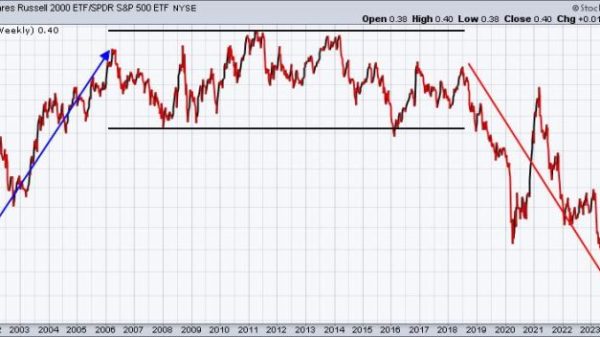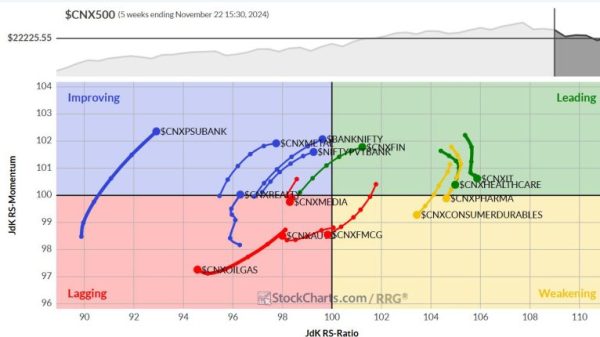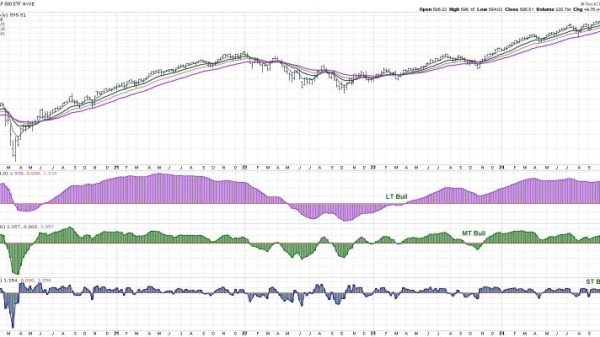When individual stocks decline, some investors are able to make money thanks to a strategy called ‘short selling.’ But what exactly is a short position and how can investors use this technique to profit?
Market participants normally take long positions in stocks, which means that they hope the company’s share price will go up. The idea is that the investor will buy shares at a low price and then eventually sell the shares at a higher price.
Investors who take a short position hope for the opposite — they are betting that the company’s stock price will go down. Shorting is a high-risk strategy as it involves using borrowed money to trade stocks or buy another asset, like an exchange-traded fund or futures contract, that could increase in price.
However, speculators often take short positions for a profit, and some investors use them as a hedge against the downside risk of a long position in the same security. Here’s a brief overview of how short selling works and how investors trading in the stock market can profit with this approach.
How does shorting a stock work?
The process of taking a short position in a stock is simple.
The first step is to open what is known as a margin account with a broker. A margin account allows a short seller to borrow up to double the account’s cash balance from their broker. Once this account is set up, the investor can borrow shares from their broker. The shares are sold in the open market, and if their price drops the investor then buys the same amount of shares in the open market and returns them to the broker, making a profit.
However, if the shares increase in price, the investor will owe that money to the lender or brokerage firm. Sooner or later, the investor must ‘close’ the short position by buying back the same number of shares and returning them to the broker.
Usually investors can hold a short position for as long as they want. That said, holding a short position for a longer period of time will mean higher costs, as brokers charge interest when shares are borrowed from them.
How do you short a stock step by step?
As outlined, investors will profit if the share price of the company they are shorting declines over time. Here’s a step-by-step example of how that works:
An investor identifies a company trading at $100 per share that they want to short sell for a number of shares, in this case 100 shares.The investor opens a margin account with their brokerage firm for $10,000 (100 x $100).The broker charges the investor interest, for example 8 percent for six months.After six months, the company’s share price declines and is trading at $75.The investor purchases 100 shares at market price for a total of $7,500 and returns them to the broker.The investor profits: $10,000 (short sale proceeds) – $7,500 (short position) – $800 (margin interest due) = $1,700 (profit).
In theory, a short sale has a higher risk than other investment strategies, as it involves using borrowed money to trade a stock or another asset that could increase in price. However, if speculators are able to predict share price movement correctly, their reward for shorting a stock can be high.
Investopedia notes that because of its many risks, short selling should only be done by traders who are disciplined and familiar with the risks and the regulations involved. Nevertheless, it can be a potent strategy for speculation or hedging during bear markets.
Securities Disclosure: I, Melissa Pistilli, hold no direct investment interest in any company mentioned in this article.





























